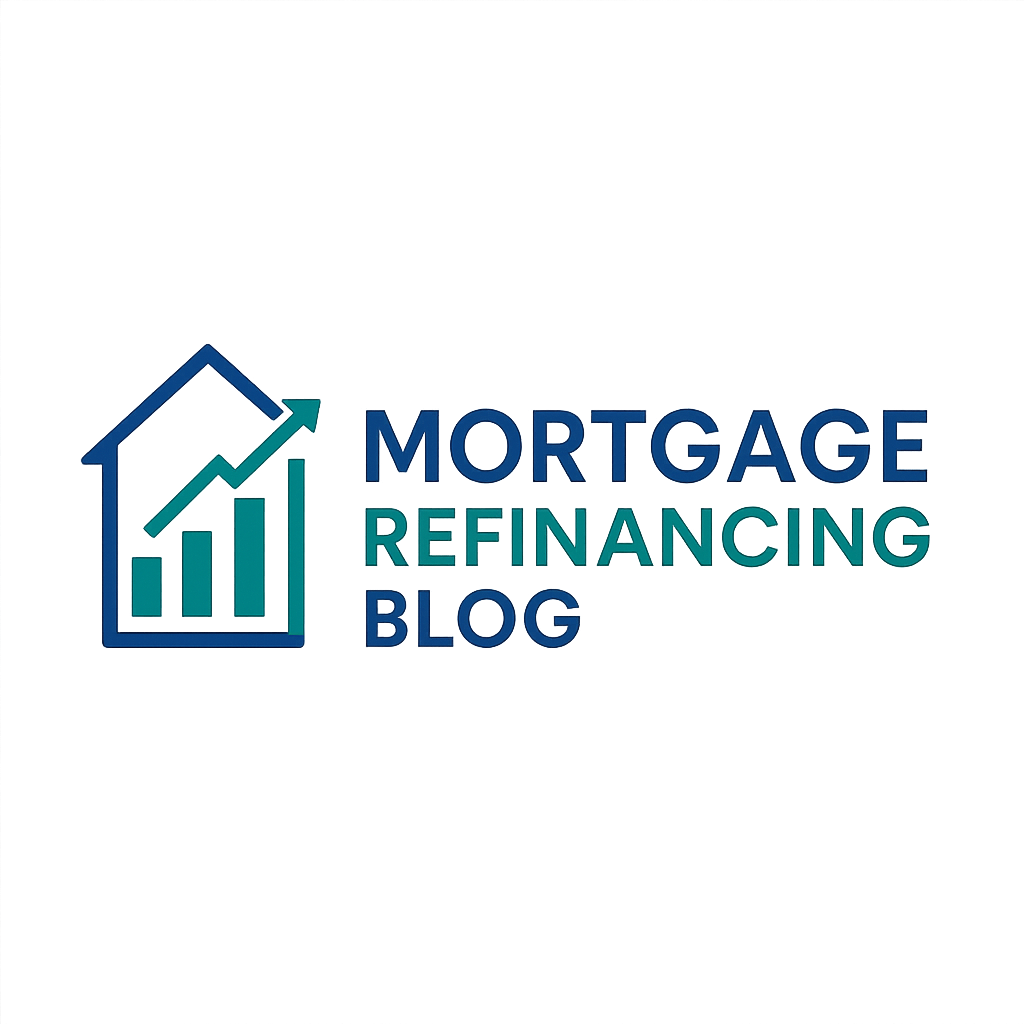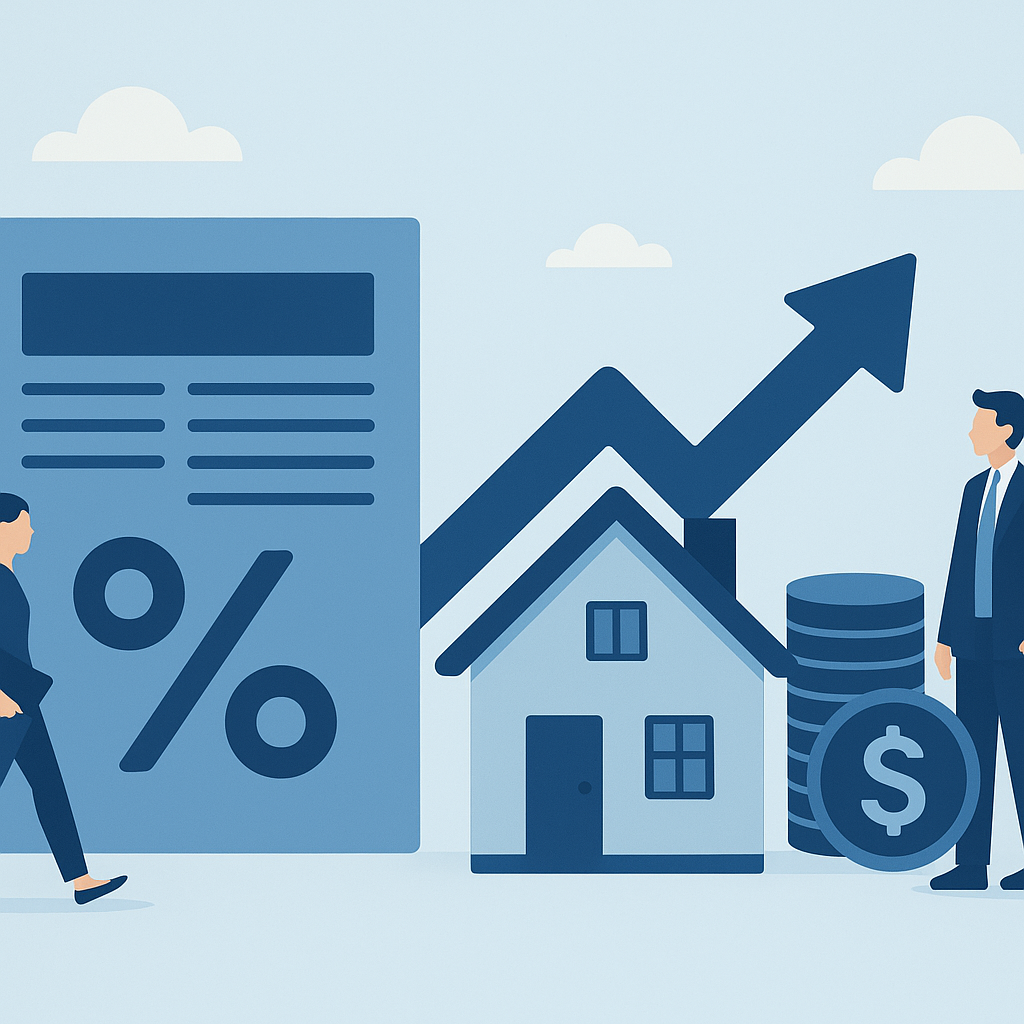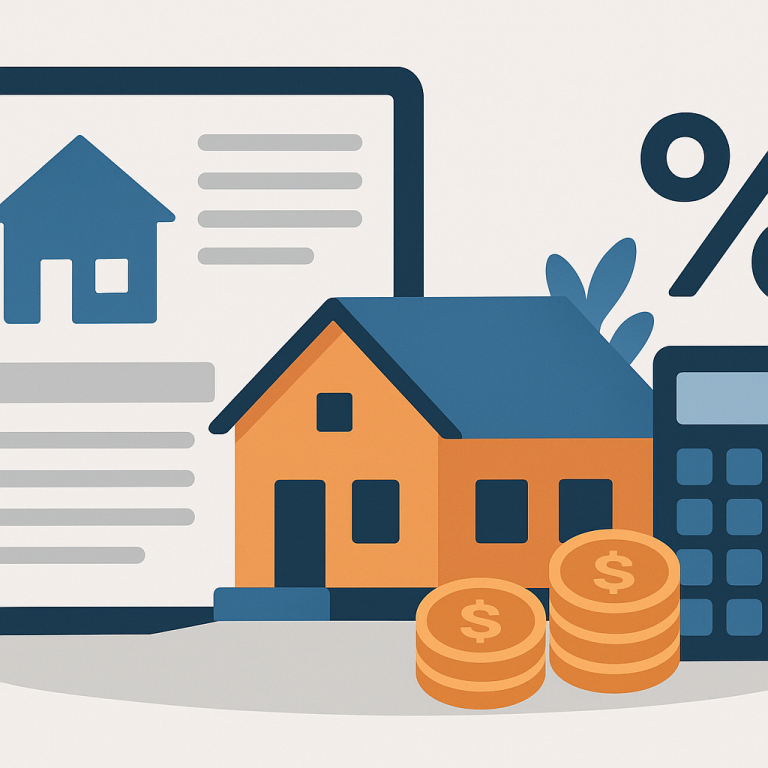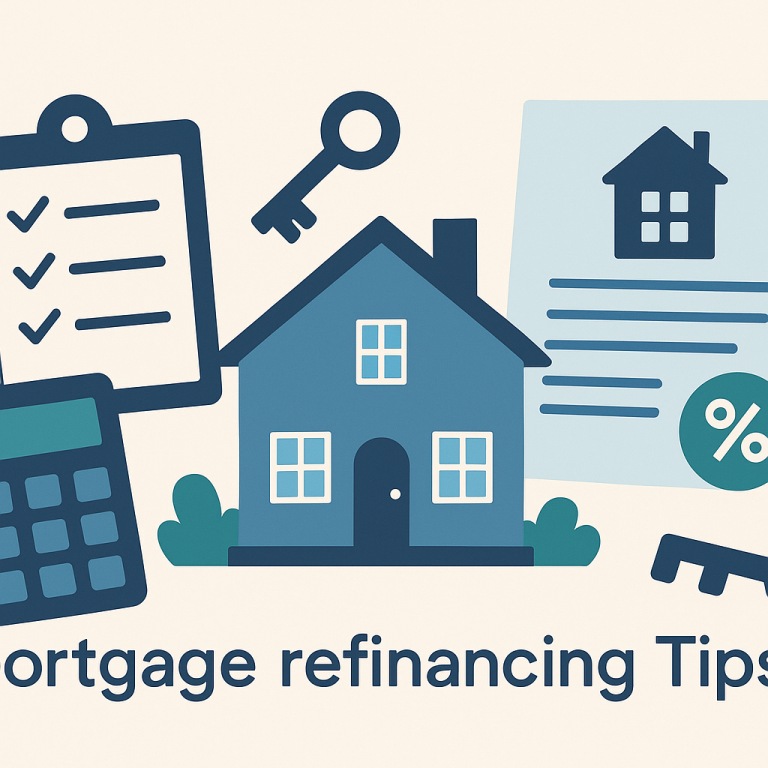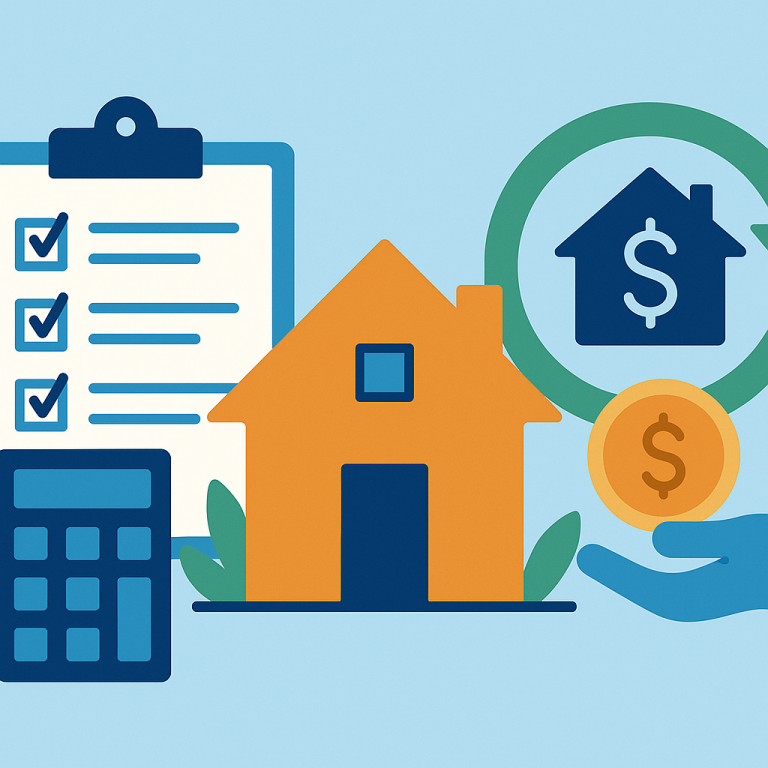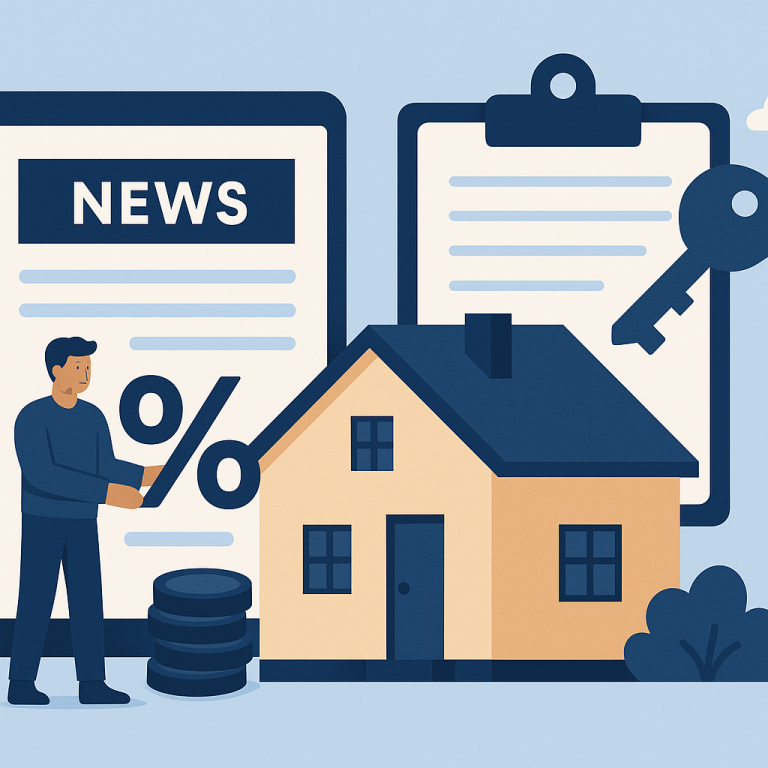Major Mortgage Lenders Cut Refinance Fees 30%, Saving Borrowers Up to $1,200
At a glance: Higher refinance fees and closing costs and how it could affect refinancing decisions.
Lenders have raised refinance origination fees, pushing up closing costs and lengthening breakeven timelines for many borrowers.
What Higher Refinance Fees Mean for Borrowers
Recent moderation in mortgage rate volatility has reopened refinancing opportunities for a subset of homeowners who carried higher-rate loans through the period of elevated borrowing costs. While rates remain above historical lows and future movement is uncertain, the current market presents practical choices for borrowers with older fixed-rate mortgages and the growing population of adjustable-rate mortgages (ARMs) approaching reset dates.
For many owners, refinancing is no longer a blanket recommendation; it is a targeted strategy. Homeowners with loans originated during the period of rapid rate increases or those holding ARMs due to reset soon can materially benefit if the timing and structure of a new loan align with their long-term plans. Lenders now compete on features beyond headline rates, such as closing costs, rate locks and underwriting flexibility, so the net economics of a refinance require closer examination than in prior, simpler market cycles.
Why this matters now
Two market dynamics have shaped the current refinancing landscape. First, the recent stabilization of interest-rate movement has reduced the likelihood of dramatic immediate swings, giving homeowners a clearer window to evaluate offers. Second, lender underwriting and pricing have adjusted after a sustained high-rate environment, meaning some borrowers now qualify for better terms than they would have earlier.
These developments matter most for borrowers with specific profiles: those carrying relatively high fixed rates from prior years, homeowners with ARMs facing upcoming rate resets, and borrowers who need to refinance to simplify or consolidate higher-cost debt. For the broader homeowner population, refinancing still depends on individual timelines, equity position and credit profile.
Key considerations before refinancing
- Cost versus savings: Compare expected monthly savings to closing costs and any prepayment penalties to calculate the break-even period and assess whether it fits your horizon in the home.
- Loan purpose and term: Decide whether the goal is to reduce monthly payment, shorten the payoff timeline, or pull cash out for a specific need. Each aim favors different products and terms.
- Credit and documentation: Stronger credit scores and steady income improve access to favorable pricing; prepare updated financial documents and be ready for appraisal or automated valuation requirements.
- Product choice: Fixed-rate loans offer payment stability, while ARMs can still be useful for homeowners with short expected occupancy or those confident in long-term rate declines—evaluate risk tolerance carefully.
- Non-rate factors: Rate locks, lender fees, and customer service can materially affect the refinance experience; request full estimates and ask about potential fees that could erode savings.
Actionable homeowner takeaways
- Run a break-even analysis specific to your loan balance, closing costs and intended time in the home; refinance only if the timeline and savings align with your plans.
- If you have an ARM reset approaching, prioritize getting quotes early to compare alternatives—locking a rate or switching to a fixed term can reduce payment uncertainty.
- Shop multiple lenders and obtain written loan estimates to compare not just rates but total costs and required documentation.
- Consider alternatives such as a shorter-term refinance to accelerate equity building, or targeted debt consolidation if higher-interest consumer debt is a driver.
- Consult a trusted mortgage advisor or broker to model scenarios and identify lender-specific programs that may fit your situation.
Refinancing can be a valuable tool when market conditions and personal circumstances align. For homeowners with high-rate loans or imminent ARM adjustments, the current window merits focused analysis and timely action rather than broad assumptions about interest-rate direction.
META: refinancing-opportunities-targeted-advice-2025
